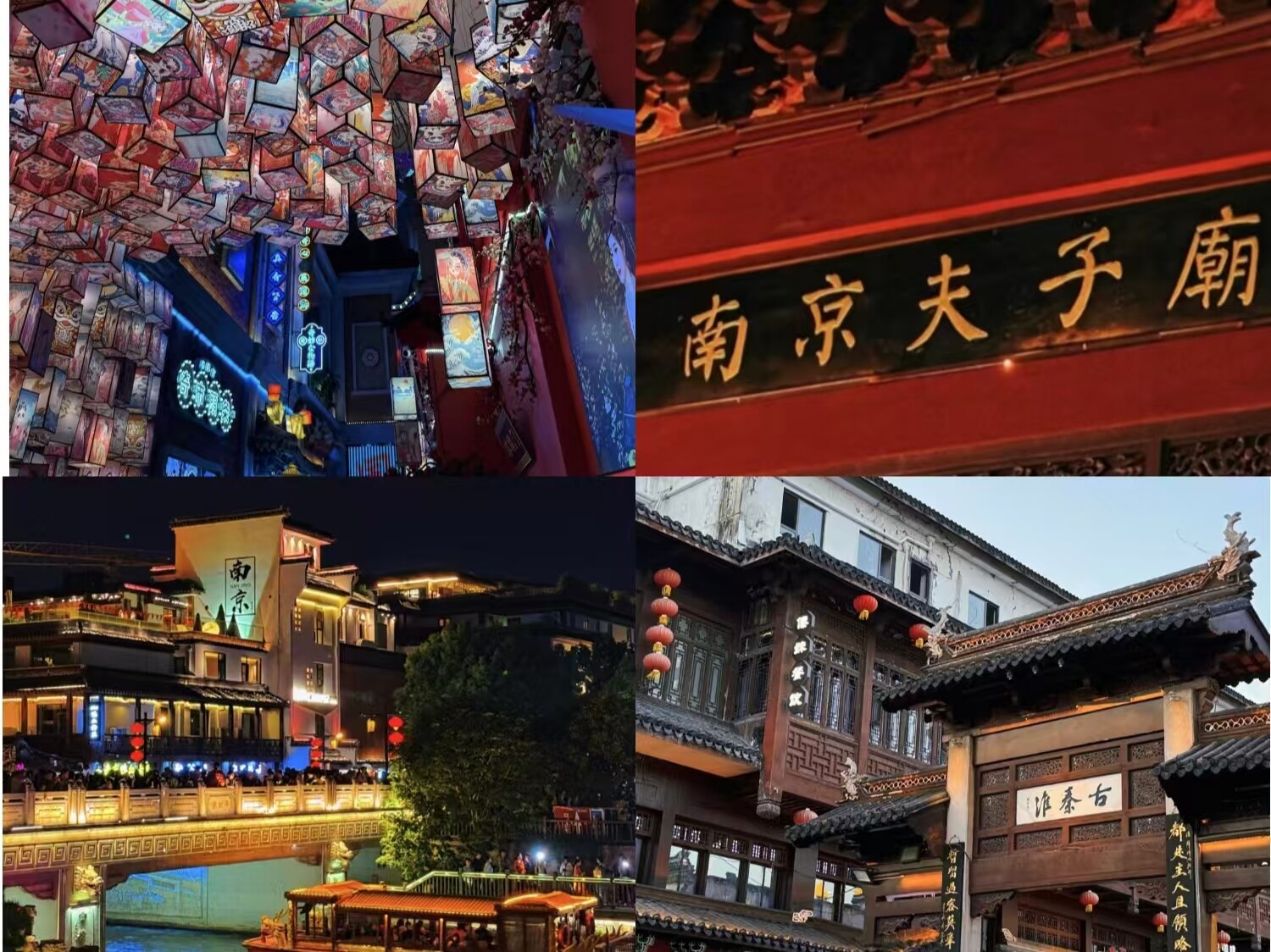Hi,I am Lily Xia, a travel industry specialist with 2 years of experience in cultural tourism across China. I’ve been creating travel content and designing tour programs for international visitors since 2023. This guide provides essential information about Nanjing’s Confucius Temple and Qinhuai River Scenic Area, including main attractions, transportation, accommodation, and dining options to help you plan your visit efficiently.
Introduction
The Confucius Temple and Qinhuai River Scenic Area is located in the Qinhuai District of Nanjing City, Jiangsu Province, China. This historic area stretches along the Ten Li Qinhuai section of the Qinhuai River. As one of China’s most famous historical and cultural destinations, it represents the ancient heart of Nanjing, often called the “cradle of Nanjing’s civilization”.Throughout its long history, the area has been destroyed and rebuilt several times, most recently after damage during the Sino-Japanese War, with significant restoration completed in the 1980s.Today, it blends historical architecture with vibrant street life, offering visitors a chance to experience both ancient traditions and modern Chinese culture.
Tickets & Opening Hours
Main Scenic Area: Free entry (open area)
Individual Attractions: Various fees apply for specific historical sites
Qinhuai River Boat Ride:
Day cruise (before 6:00 PM): ¥60 per person
Night cruise (after 6:00 PM): ¥80 per person
Duration: Approximately 50 minutes
Opening Hours: 9:00 AM – 9:00 PM (some areas accessible 24 hours)
Special Note: Some attractions may have different hours; check locally for specific sites
Main Attractions
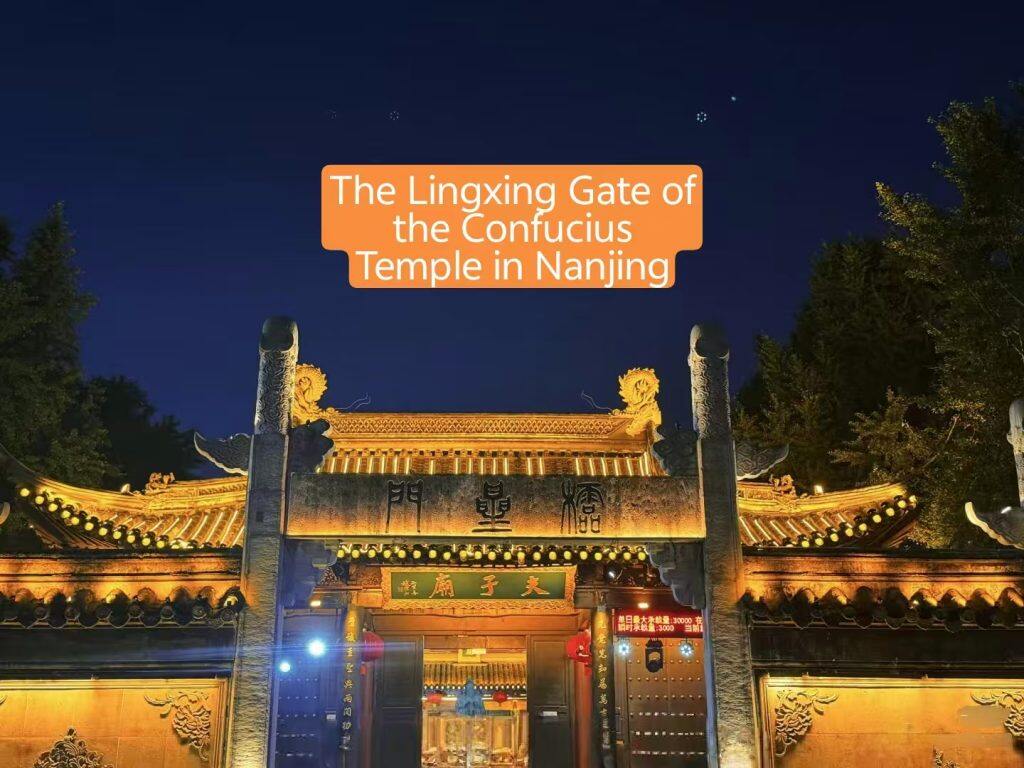
The Lingxing Gate of the Confucius Temple:It is a significant architectural landmark at the Nanjing Confucius Temple, a renowned historical and cultural site in Jiangsu, China.It features traditional Chinese architectural style, with exquisite craftsmanship and solemn grandeur. As an important entrance to the Confucius Temple, it symbolizes respect for Confucian culture and wisdom.
Qinhuai River: Known as “China’s first historical and cultural river,” the Qinhuai flows through the scenic area. The river has been celebrated by poets and artists throughout Chinese history for its beauty and cultural significance. Taking a boat cruise along the river is one of the highlights of visiting the area.
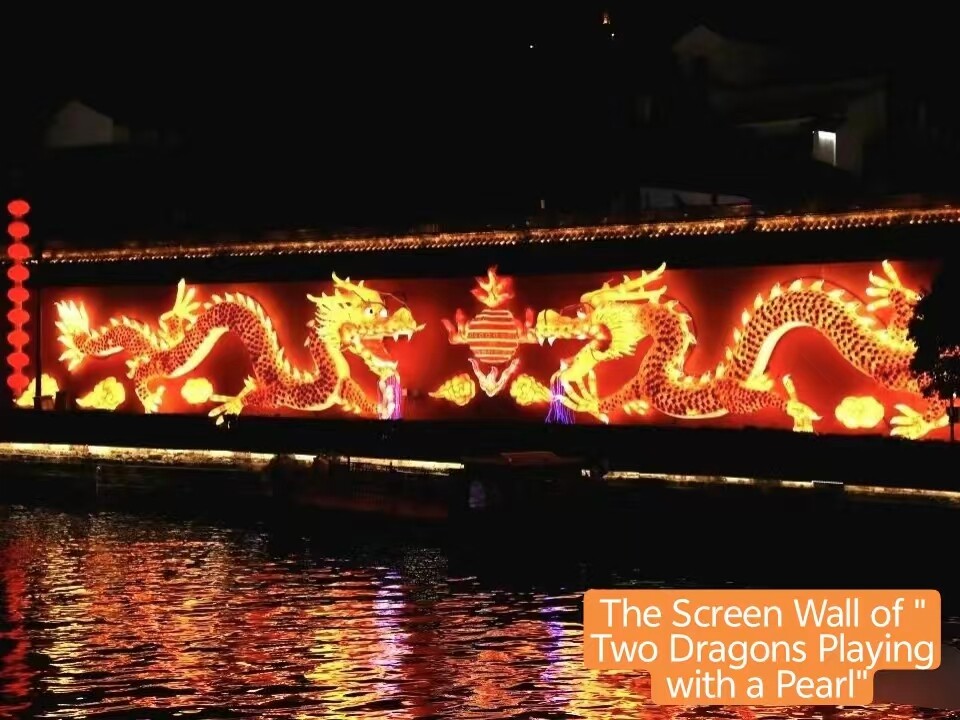
Great Screen Wall: Located across the river from the Confucius Temple, this ornate wall stretches 110 meters, making it the longest screen wall in China. It serves both decorative and feng shui purposes for the temple complex.
Zhan Garden: Known as the “First Garden of Jinling” (Nanjing’s ancient name), this is one of the finest classical Chinese gardens in the region, dating back to the Ming Dynasty. It features traditional garden design with ponds, rockeries, pavilions, and lush vegetation.
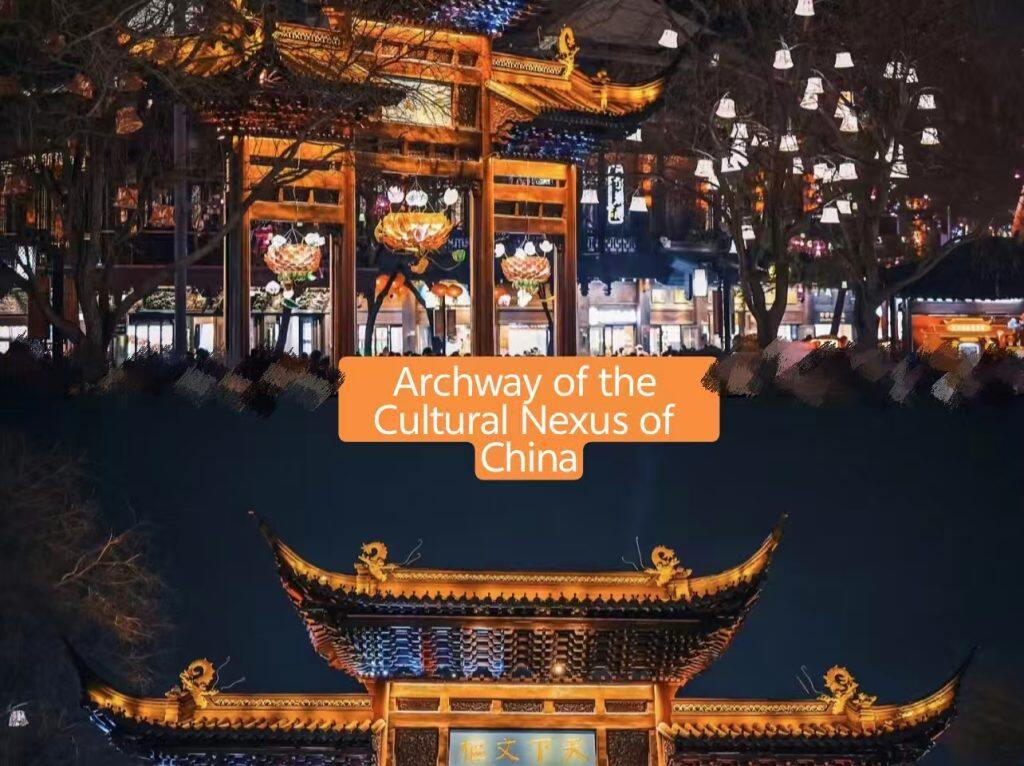
The Archway of the Cultural Nexus of China:It is a remarkable landmark that embodies the essence of Chinese culture. It features traditional architectural styles with exquisite craftsmanship, especially dazzling at night with illuminated decorations. It stands as a symbol of cultural integration and a must-visit spot for those wanting to experience the depth of Chinese culture.
Transportation: How to Get There
By Train
Nanjing South Railway Station (high-speed trains):
Metro: Take Line 1 to Sanshanjie Station (25 minutes, ¥4)
Taxi: 20-30 minutes, ¥30-40
Nanjing Railway Station (conventional trains):
Metro: Take Line 1 to Sanshanjie Station (15 minutes, ¥3)
Taxi: 15-20 minutes, ¥20-25
By Metro
Sanshanjie Station (Line 1): Exit 4 is closest to the Confucius Temple area
Fuzimiao Station (Line 3): Direct access to the scenic area (newer line)
By Bus
Multiple routes serve the area, including 1, 4, 7, 30, 31, 40, 44, 49, 202, and 304
Fare: ¥2 per ride (cash or transportation card)
By Taxi/Ride-hailing
Directly to “Confucius Temple” or “Fuzimiao”
Average cost within city center: ¥15-30
Experiences & Activities
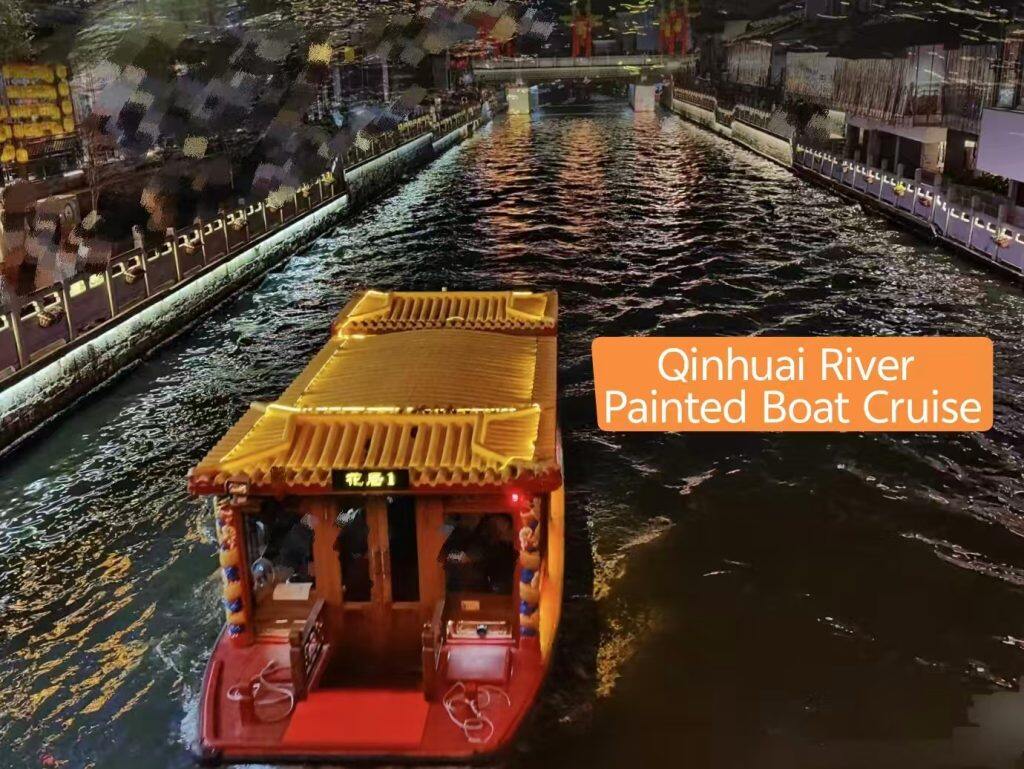
River Cruises: Take a traditional painted boat along the Qinhuai River, especially beautiful at night when the buildings and bridges are illuminated. The night cruise offers a magical experience with the reflection of lights on the water creating a memorable atmosphere.
Cultural Performances: Enjoy traditional Chinese performances that are occasionally staged in the area, including musical shows and cultural demonstrations.
Calligraphy and Cultural Workshops: Participate in traditional cultural activities sometimes offered in the area, such as calligraphy lessons or traditional craft workshops.
Evening Entertainment: The area comes alive at night with illuminated buildings, street performances, and vibrant night markets.
Food Guide
The Confucius Temple area is famous for its culinary offerings, particularly the “Qinhuai Eight Delicacies”, which refers to eight special snacks from seven different eateries:
Yonghe Garden: Huangqiao sesame cakes and Kaiyang dried tofu shreds
Jiang Youji: Beef pot stickers and beef soup
Liufengju: Tofu pudding and scallion oil cakes
Lianhu Gaotuan Shop: Osmanthus-flavored stuffed sweet dumplings and five-color cakes
Zhan Garden Noodle House: Smoked fish with silver-thread noodles and thin-skinned dumplings
Q&A
Q: What is the best time to visit the Confucius Temple and Qinhuai Scenic Area?
A:Evenings are particularly beautiful when the buildings and bridges are illuminated. The area is worth visiting year-round, with each season offering different festivals and events.
Q: How much time should I allocate for visiting?
A:Most visitors spend 2-3 hours exploring the area, though you could easily spend half a day if you visit all the attractions, take a river cruise, and enjoy a meal.
Q: Is the area wheelchair accessible?
A:The main streets are generally accessible, but some historical buildings may have steps and narrow passages that could present challenges for wheelchair users.
Q: Is it suitable for children?
A:Yes, children generally enjoy the boat rides, street food, and vibrant atmosphere. The area is pedestrian-friendly with plenty of open spaces.
Q: Are there any etiquette rules I should follow when visiting the temple?
A:While the area is primarily a tourist destination rather than an active religious site, it’s respectful to speak quietly within the temple complex and avoid inappropriate behavior around religious artifacts.

Lily Xia
She is Lily Xia,a 25 years old gilr.
For over ten years, she’ve been traveling with her camera,
and her greatest passion is capturing the beautiful moments,
places, and especially the people she meet along the way.

